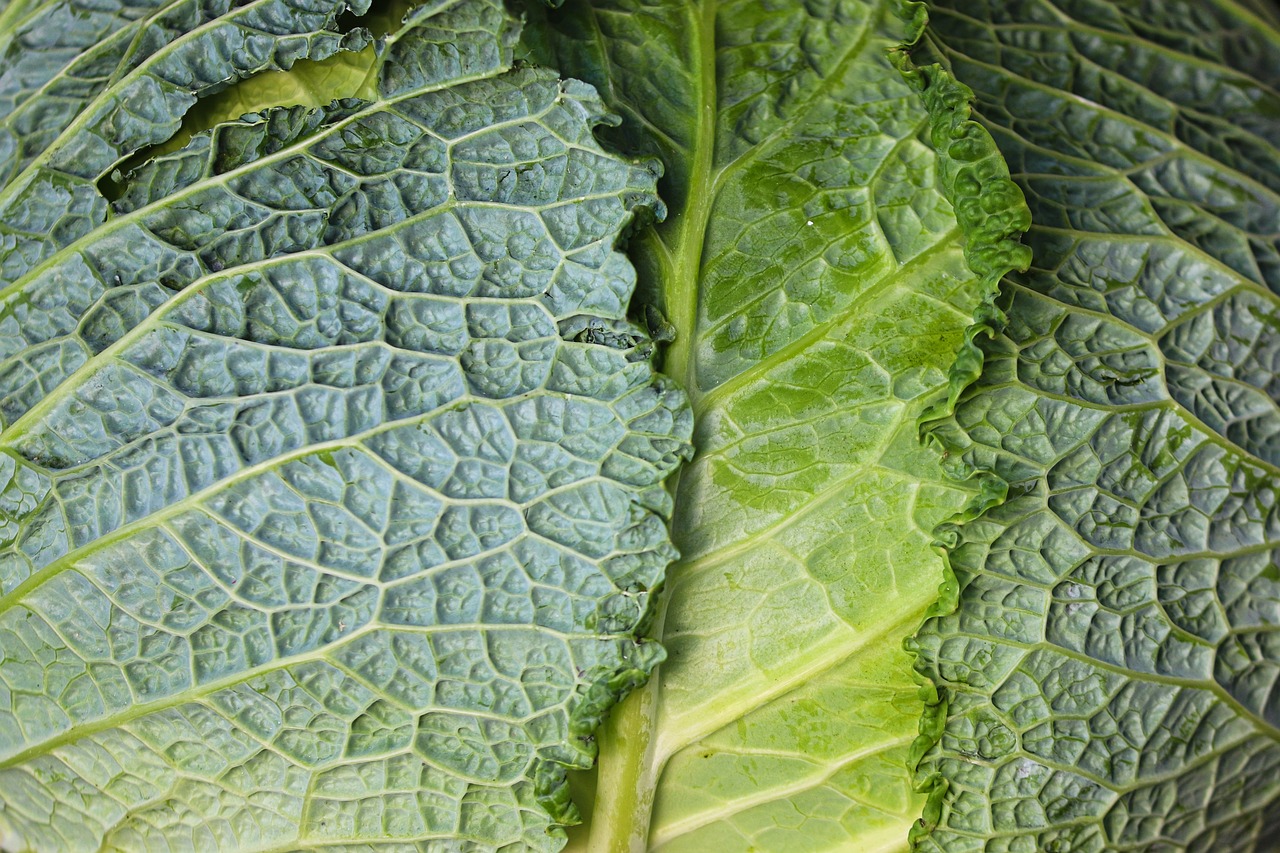“`html
Food allergies affect millions of people across the globe, leading to various health issues and lifestyle adjustments. Understanding food allergies is crucial for those affected, their families, and caregivers, as it can help prevent potentially life-threatening reactions. In this article, we will explore what food allergies are, their symptoms, common allergens, management strategies, and the impact on daily life.
What are Food Allergies?
Food allergies occur when the immune system mistakenly identifies a specific food protein as harmful. This results in an allergic reaction, which can range from mild symptoms to severe and life-threatening situations. Here’s a closer look at the mechanisms behind food allergies:
The Immune Response
- When consuming an allergenic food, the immune system produces antibodies (IgE) against the food protein.
- Upon subsequent exposure, these antibodies trigger the release of chemicals such as histamine, leading to symptoms.
Risk Factors
Some factors that increase the likelihood of developing food allergies include:
- Family history of allergies or asthma
- Other allergic conditions (e.g., eczema, hay fever)
- Introduction of allergenic foods during infancy
Common Food Allergens
Certain foods are more likely to cause allergic reactions. The most common allergens, often referred to as the “Big Eight,” include:
- Peanuts
- Tree nuts (e.g., walnuts, almonds)
- Milk
- Eggs
- Fish
- Shellfish
- Wheat
- Soy
Each of these allergens can provoke a variety of symptoms, which can vary from individual to individual.
Symptoms of Food Allergies
Symptoms of food allergies can present in different ways and vary in severity. Recognizing these symptoms is essential for proper management:
Common Symptoms
- Skin reactions (hives, rashes)
- Gastrointestinal issues (nausea, vomiting, diarrhea)
- Respiratory problems (sneezing, nasal congestion, asthma symptoms)
- Anaphylaxis (a severe, potentially life-threatening reaction)
Identifying Symptoms
It is important to note the timing of symptoms, typically occurring within minutes to a couple of hours after consuming the allergen. Maintaining a food diary can help track these reactions.
Managing Food Allergies
Living with food allergies requires constant vigilance and awareness. Here are some key strategies for effective management:
Avoidance Strategies
- Read food labels meticulously to identify allergens.
- Communicate dietary restrictions when dining out.
- Educate family and friends about your allergies.
Emergency Preparedness
Being prepared for a potential allergic reaction is vital. Here are some actionable steps:
- Always carry an epinephrine auto-injector (EpiPen).
- Have an allergy action plan in place.
- Ensure that friends and family know how to use the EpiPen and recognize symptoms of anaphylaxis.
The Emotional and Social Impact
Food allergies can significantly affect an individual’s social interactions and mental health:
Social Situations
Allergies can make social events more complicated. Consider these tips:
- Inform hosts about your allergies before attending gatherings.
- Bring your food or snacks to share.
- Choose restaurants that accommodate food allergies.
Emotional Well-being
Living with food allergies can lead to anxiety or stress. Here’s how to cope:
- Join support groups to share experiences with others.
- Discuss your feelings with friends and family for emotional support.
- Consider professional counseling if anxiety becomes overwhelming.
Conclusion
Understanding and managing food allergies is essential for maintaining a high quality of life for those affected. By recognizing symptoms, avoiding allergens, preparing for emergencies, and addressing emotional impacts, individuals can navigate their food allergies successfully. The importance of understanding allergies extends beyond those affected, as educating peers and the community fosters a safer and more inclusive environment. Together, we can create a world where individuals with food allergies thrive rather than just survive.
“`






